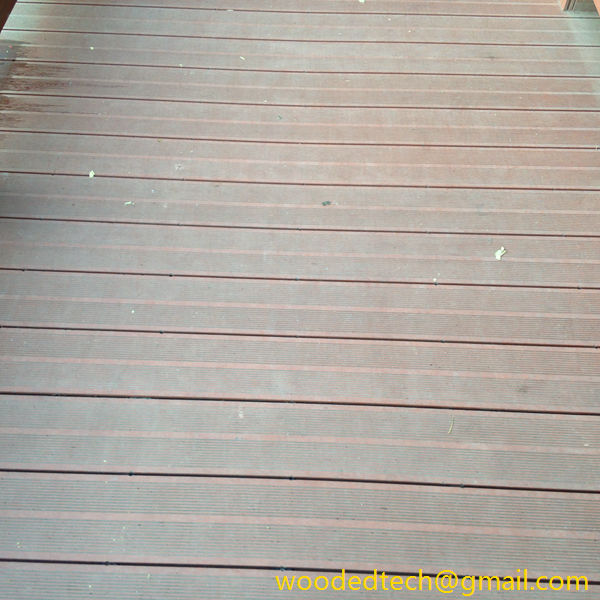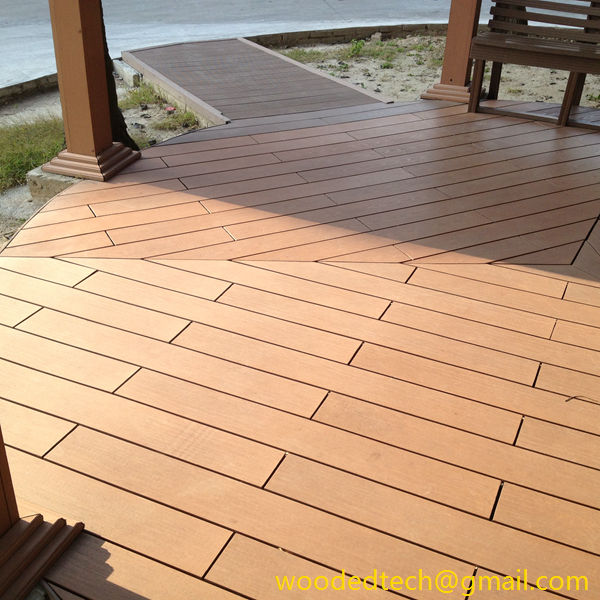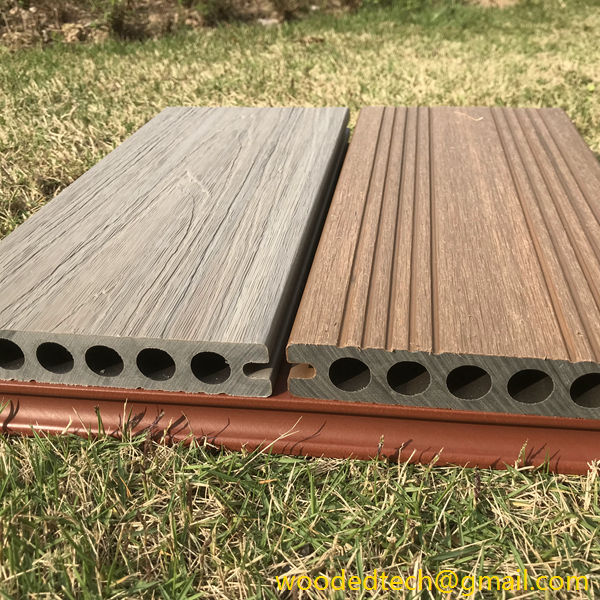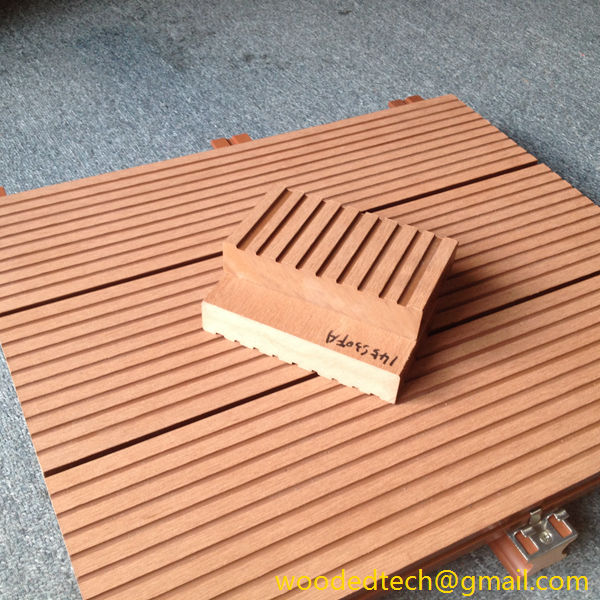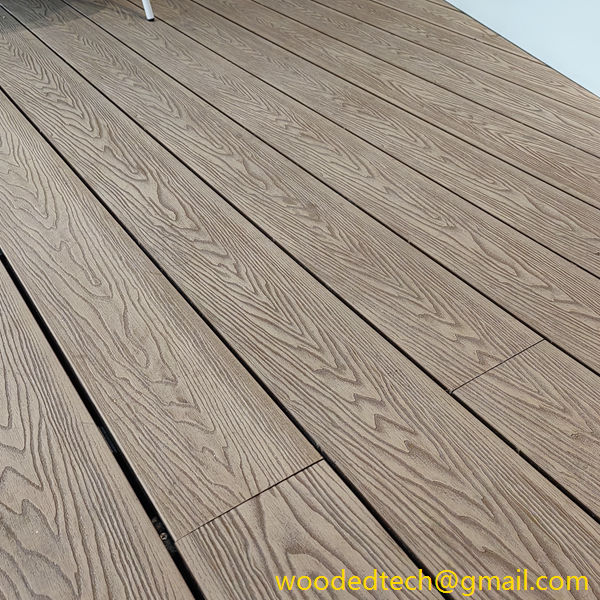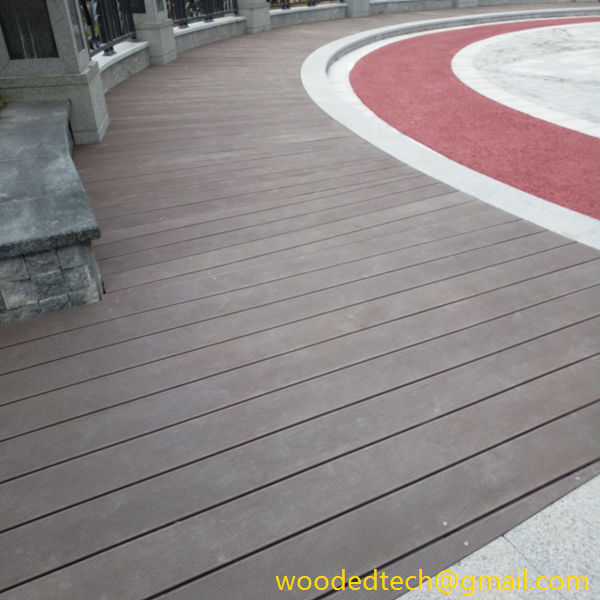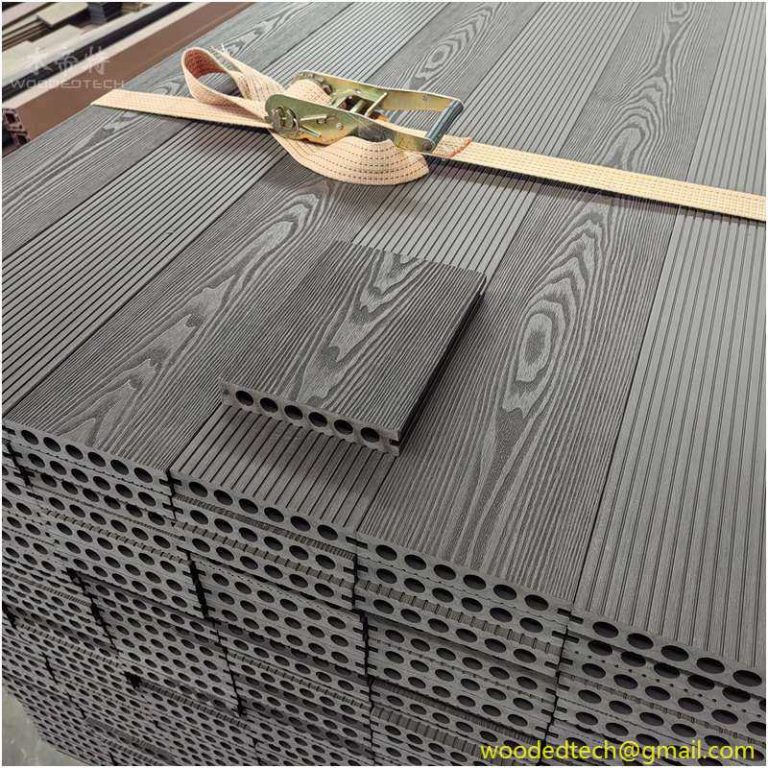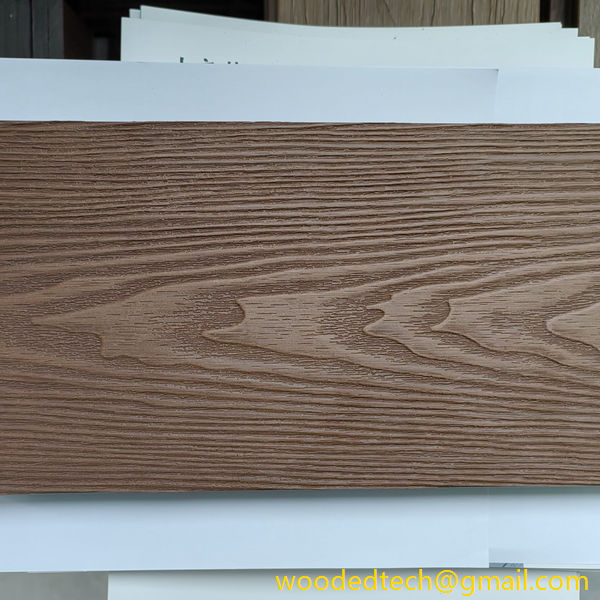Exploring Composite WPC Decking for Versatile Applications
Exploring Composite WPC Decking for Versatile Applications Composite Wood Plastic Composite (WPC) decking has gained significant traction in the construction and landscaping industries due to its unique properties, sustainability, and versatility. WPC is a composite material made from a mixture of wood fibers and thermoplastics. This innovative material combines the qualities of both wood and…
Exploring Composite WPC Decking for Versatile Applications
Composite Wood Plastic Composite (WPC) decking has gained significant traction in the construction and landscaping industries due to its unique properties, sustainability, and versatility. WPC is a composite material made from a mixture of wood fibers and thermoplastics. This innovative material combines the qualities of both wood and plastic, resulting in a product that is ideal for various applications, particularly in outdoor settings. This article explores the technology behind WPC decking, its benefits, applications, and the role it plays in the evolving landscape of material production.
The technological foundation of composite decking lies in its manufacturing process, which consists of the blending of wood fibers and polymeric materials. Commonly used polymers include polyethylene, polypropylene, or polyvinyl chloride (PVC). The wood fibers used can be derived from a variety of sources, including recycled wood products and agricultural byproducts. This combination results in a material that is not only durable but also resistant to rot, decay, and insect infestation, addressing common challenges associated with traditional wood decking.
One of the primary advantages of WPC decking is its environmental sustainability. As concerns over deforestation and plastic pollution continue to grow, WPC provides an effective solution by utilizing recycled materials. The wood fibers often sourced from reclaimed wood or sawmill scraps contribute to a reduced environmental footprint. Furthermore, the plastics used in WPC can come from recycled sources, making it possible to divert waste from landfills. This aspect positions WPC decking as an eco-friendly alternative to traditional timber and plastic products, appealing to environmentally conscious consumers.
In terms of performance, WPC decking excels in several critical areas. It is highly resistant to moisture, which effectively mitigates the risk of warping, splitting, or swelling that often plagues traditional wooden decking. This feature enhances the longevity of WPC products, making them an attractive option for homeowners and builders alike. Additionally, WPC decking requires minimal maintenance compared to natural wood. Regular sealing and staining often necessary for wooden surfaces can be bypassed with WPC, as its surface can withstand the effects of sun and water without significant degradation.
Aesthetic appeal is another significant aspect of WPC decking. Available in a wide range of colors, styles, and textures, it can mimic the appearance of natural wood while offering the added benefits of synthetic materials. Manufacturers often produce options that feature realistic wood grain patterns and finishes, allowing homeowners to achieve the desired look without compromising on durability. The customizable nature of WPC decking makes it suitable for various architectural designs and landscaping themes.
Versatility is a hallmark of WPC decking, allowing it to be used in a wide array of applications beyond traditional outdoor decking. It is an ideal choice for constructing patios, porches, boardwalks, and poolside areas. Its slip-resistant surface makes it a safe option for wet environments, enhancing user comfort and safety. Furthermore, WPC is increasingly being utilized in commercial applications, including parks, resorts, and public spaces, where durability and aesthetics are critical.
The installation process for WPC decking is also a point of consideration in its growing popularity. It can be installed using similar methods to traditional wood decking, which simplifies the process for builders and DIY enthusiasts. Moreover, the lightweight nature of WPC materials contributes to easier handling, while the interlocking systems available with some products enhance installation efficiency. This ease of use not only lowers labor costs but also allows for faster project completion, improving overall productivity.
Investments in research and development have led to innovations in WPC technology, aimed at enhancing its properties and expanding its applications. New formulations and additives are being explored to improve the impact resistance, thermal performance, and overall structural integrity of composite materials. As manufacturers continue to refine the production processes, the durability, performance, and aesthetic qualities of WPC decking are likely to improve further.
However, it is essential to address potential challenges related to WPC decking. Although it is durable, WPC can be susceptible to fading due to prolonged exposure to UV light. Choosing higher-quality products with UV inhibitors can mitigate this issue. Additionally, while WPC is designed to be water-resistant, improper drainage systems can lead to moisture pooling, which may compromise its structural integrity over time. As such, proper planning and installation are crucial for maintaining the lifespan and performance of WPC decking.
In conclusion, composite WPC decking represents a significant advancement in material production technology, offering a versatile and sustainable alternative for a wide range of applications. Its unique blend of wood and plastic materials provides a solution to many of the traditional challenges faced by wooden decking products. As the demand for eco-friendly building materials continues to rise, WPC decking stands out as a practical option that satisfies both aesthetic and functional requirements. The ongoing innovations in this field promise to enhance WPC’s performance, ensuring its position as a preferred choice in outdoor construction and landscaping for years to come.

